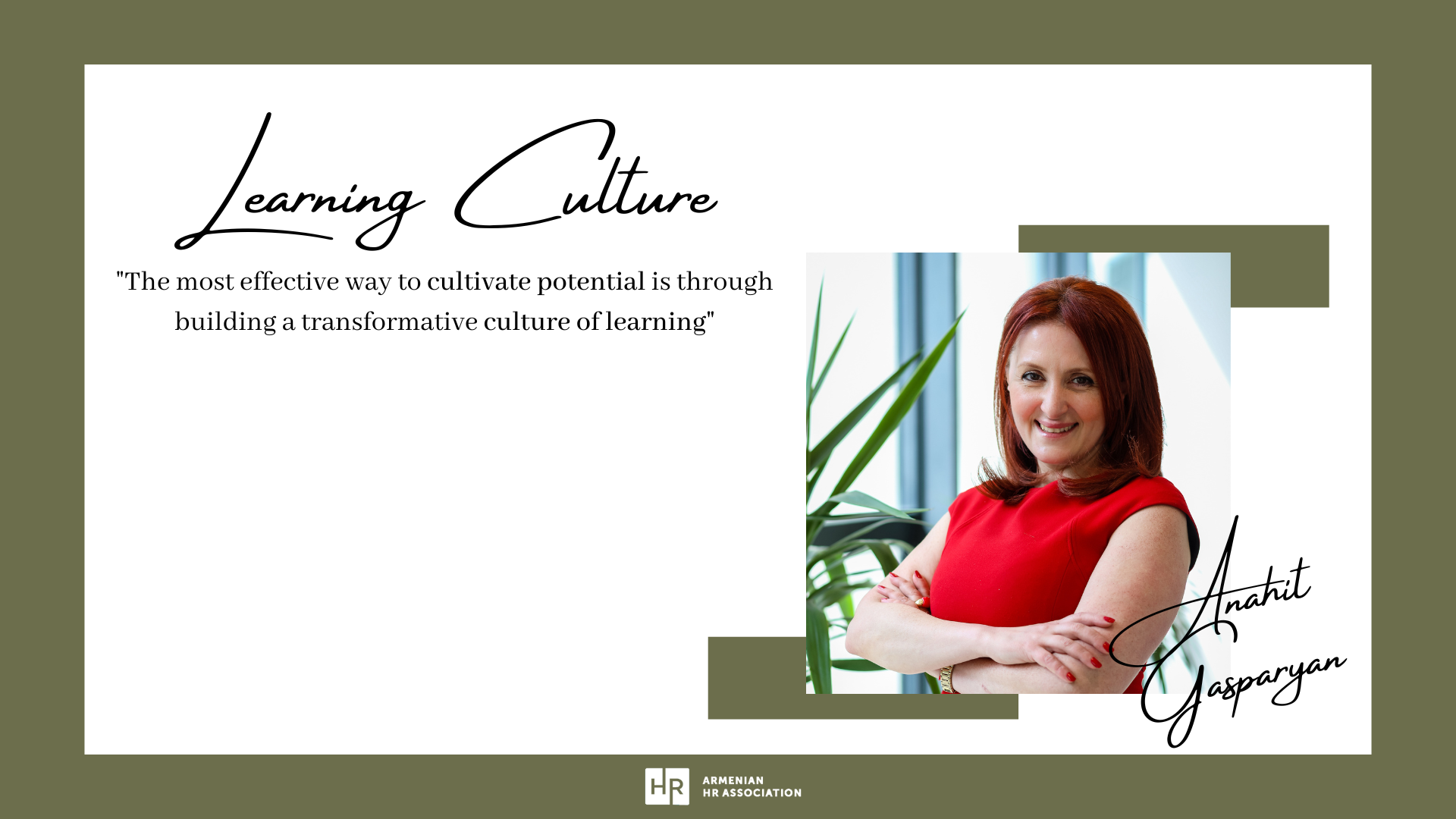
“In times of change, learners inherit the earth, while the others find themselves equipped to deal with a world that no longer exists.”
— Eric Hoffer, Social Philosopher and Author
We know it or not, but every organization has a learning culture. Yes, because we are all biologically wired to learn and to learn every day, as learning is necessary for our survival. It’s a natural instinct for everyone. Every day we absorb new information, determine what’s important, and decide how to act.
So learning experiences happen all around us. Are organizations directing them? Or are they allowing them to happen on their own? This is a vital question, because people learn about their positions, job skills, policies and procedures, and colleagues. They learn about the real values of their organizations, not just those posted on its website. They learn it all inside the company.
And what is Transformative learning?
Transformative learning is the expansion of consciousness through the transformation of worldview and capacities of the self. It’s an act of changing how we see and do things.
According to researchers, the three dimensions of transformative learning are:
- Psychological
- Behavioral
- Convictional

- Psychological is the change in understanding! Knowledge, information, models, and theories shift the learner’s understanding and provide the “why”.
- Behavioral is the change in actions! The learner uses observation, application, and experimentation to do something differently.
- Convictional is the revision of belief system! The learner permanently shifts a perspective or view, often through “Aha!” and ‘Evrica’ moments or insights.
There is a hypothetical question. Do we have a transformative learning culture that makes your organization more successful? Or do you have a neglected learning culture that breeds conformity and stagnation?
Organizations with a transformative culture of learning thrive. At these organizations, it’s understood that learning is a natural process that people yearn to grow. These organizations cultivate potential through learning opportunities and experiences.
The benefits of transformative learning are:
- Employment engagement which goes up directly impacting productivity, staff retention and customer satisfaction.
- Growth mindset root yielding ever-higher levels of performance. Research by Dr. Carol Dweck shows that people with a growth mindset learn from mistakes and actively seek out new challenges.
- Enhanced creativity and innovation which drives individual and team success. Dr. Brené Brown’s research on vulnerability and shame shows that risk-taking invites valuable lessons that come from failure.
- Employee motivation goes up. Studies show that humans are most motivated by autonomy, mastery, and meaningful purpose. Learning contributes to all three.
- New technology skills are easier to obtain. People need frequent training on new and ever-changing devices, software applications, and social media tools. On-demand learning not only saves time and money but empowers learners to find their own answers.
- Leadership development gains priority. “Human” skills like leadership, self-control, empathy, communication, conflict resolution, and cultural competence are critical to the success of any organization. These skills can be learned and honed through learning experiences.

To transform our organization into learning organization we need to proceed the following steps
STEP 1
Honor the ever-present nature of learning which means we shouldn’t treat learning as an event to be scheduled. It’s an unbounded resource because it’s in our very DNA to be lifelong learners.
STEP 2
Value learning as a path to mastery which means we should make it safe to take risk—and to make mistakes. We need to celebrate “Aha!” moments as much as easy wins and encourage risk taking and failure.
STEP 3
Make learning easily accessible which means we need to empower employees to find their own answers. Neuroscientists say that people retain this type of learning far longer than just being told what to do.
STEP 4
Use blended learning to maximize options. We need to consider every person and situation. In-person learning allows hands-on application and collaboration. On-demand learning offers flexibility and empowers people to learn at their own pace. And it is vital to combine the two to effectively achieve our learning objectives.
STEP 6
Evaluate performance based on learning. It means we need to measure learning along with performance to boost both and reward growth and improvement, because with this we will recognize learning hunger and commitment as a way to boost performance and productivity.
Our organizations as a whole, as well as every person in it, has unrealized ability. The most effective way to cultivate that potential is through building a transformative culture of learning. We can help our organization to achieve new heights and develop employees who achieve great things in a career and in life.
“There are 10 seeds in an apple. But how many apples are in a seed? You must help your employees learn and grow so they become the talented workforce you need tomorrow.” — Martha Soehren, Chief Talent Officer at Comcast
STEP 5
Teach managers how to coach. It is vital to build employee competence and confidence using appreciative inquiry, which is a method for learning from peak performances. We need to make sure managers know how to ask coaching questions that help employees cultivate their own wisdom and confidence.
STEP 6
Evaluate performance based on learning. It means we need to measure learning along with performance to boost both and reward growth and improvement, because with this we will recognize learning hunger and commitment as a way to boost performance and productivity.
Our organizations as a whole, as well as every person in it, has unrealized ability. The most effective way to cultivate that potential is through building a transformative culture of learning. We can help our organization to achieve new heights and develop employees who achieve great things in a career and in life.
“There are 10 seeds in an apple. But how many apples are in a seed? You must help your employees learn and grow so they become the talented workforce you need tomorrow.” — Martha Soehren, Chief Talent Officer at Comcast․
Article author: Anahit Gasparyan
